In 1936, Kenneth With bought a 24′ cabin cruiser, secondhand, for $595. It had a compact but comfortable cabin, just right for taking his young family cruising among the myriad of islands of Ontario’s Georgian Bay. The cruiser, BLACKDUCK, needed a tender, and in 1945 Kenneth consulted with his son, Ritchie, who had already taken an abiding interest in wooden boats at the age of 10. The two looked over the boat design catalogs Ritchie had collected and decided on the Bantam Pram, a 6-1/2′ plywood rowing boat designed by Charles G. MacGregor in 1939. This volume in Ritchie's collection of catalogs provided the plans for the Bantam Pram, Design No. MM-10 by Charles G. MacGregor. Photographs courtesy of the With and June families
Photographs courtesy of the With and June families
Join The Conversation
We welcome your comments about this article. To include a photo with your remarks, click Choose File below the Comment box.

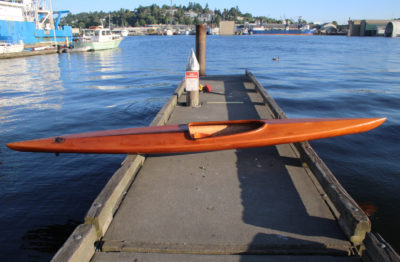
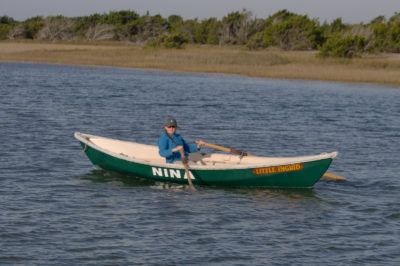
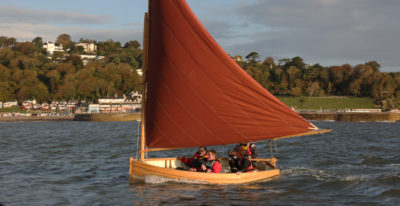
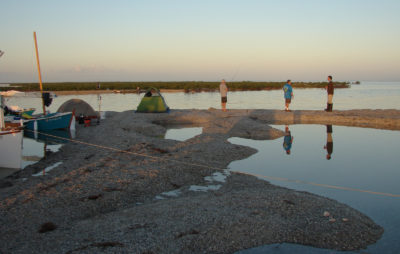
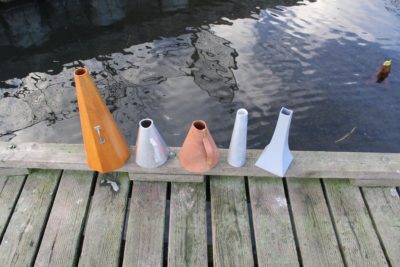
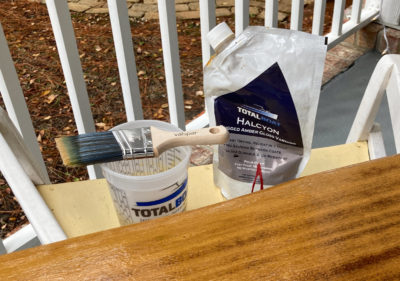

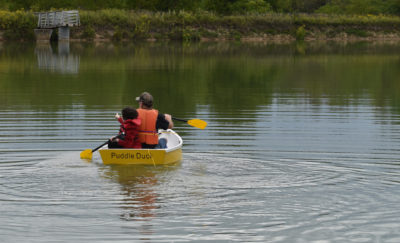
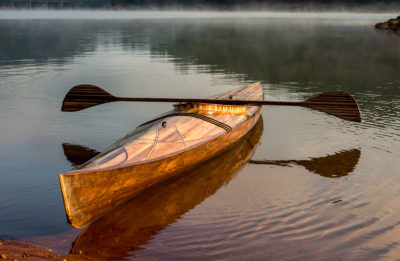
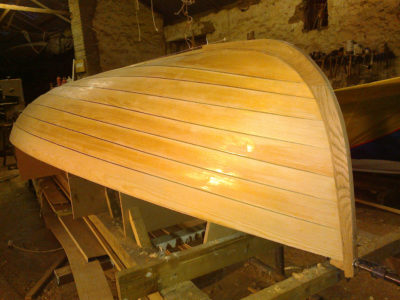
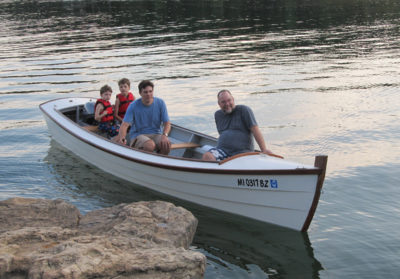
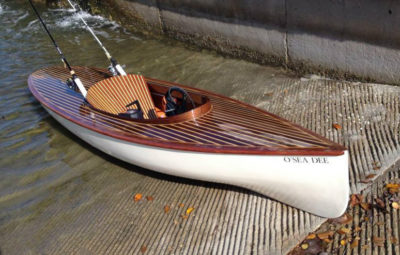
Ah, the PUDDLE DUCK—what a grand tale, testament to getting the boat afloat vs. floating a perfect boat. How about a Wineglass Wherry from Pygmy (if they survive)* or a Chesapeake Light Craft wherry?
*Editor’s note: The Pygmy website states: “Our Showroom is CLOSED. Kit production has been temporarily suspended. If you are interested in a boat kit you may place an order via our website. We will not charge your credit card until production has resumed and we have confirmed you would still like the kit at that time. By placing an order before then your order will be put in the queue for when production resumes.”
I have a wherry I built 18 years ago. It’s still not finished but on display attached to a high ceiling. This is inspiring.
More than 60 years ago, I built a little pram, very like this one, for my dad. It was a 1945 Al Mason design that I found in “The Rudder.” It even had the V bottom and beveled chines, which proved to be the most challenging part. I laminated the chines, though they were a solid stick in the original specs. It called for 4 mold frames, plus transoms at each end. It also specified a single frame amidships, 1/2″ x 3/4″ steam-bent on edge. Lacking steaming equipment (and white oak being “unobtanium” in the town of Chelan in those days), I laminated that frame out of thin strips of Doug fir. I was able to find 3/16″ fir plywood for the planking, though Mason said you could use anything from 1/8″ to 1/4″. Today I would use 4 mm okoume in a marine grade, which is much superior to the fir.
The seat was T-shaped, with the leg of the T running fore & aft, and the cap on the T toward the bow transom. This proved to be an excellent arrangement. Even with my long-legged uncle on the stern seat, it went really well with me rowing from the bow. In fact, this little boat was the best-rowing of all the little dinghies I ever had. I think a lot of that had to do with the beveled chines.
I also built a couple of Atkins’ Tiny Ripple prams, which were even smaller, being only 6′ long. They didn’t have the V-bottom, nor the beveled chines, and the bow transom was much wider than the PUDDLE DUCK’s. I used to tow one of these behind my little 21′ wooden Ed Monk cutter of 1935 vintage. One time, under perfect conditions on the Strait of Georgia, the dink was planing and throwing up a rooster tail. A couple of harbor porpoises picked us up, and one dropped back to check out the dinghy. The little Atkin prams were also excellent rowers. What a contrast to the rubber donuts that are ubiquitous now. I’d not want to be in one of those things in a blow, and with a dead motor, and the little vestigial aluminum “oars.”
This looks like a great project. Are the plans of the original design still available?
Chris Cunningham, can you answer that question about the plans?
The only design from Charles G. McGregor I’ve seen that is still available is his Sea Bird yawl. I looked online and found a copy of what appears to be the catalog that contained the Bantam pram plans. I ordered it and if it has the plans, I’ll see if I can send scans out.
Uh-oh….sounds like Tammy may have caught the boatbuilding virus. No vaccine for that one. I love this story and congratulate Tammy and her crew. I have a boat that needs moving, and I’m hoping Sarah is available for hire.
What a wonderful story, we’d say that boat is Perfection x 4 (generations).
Huzzah
Skipper and Clark